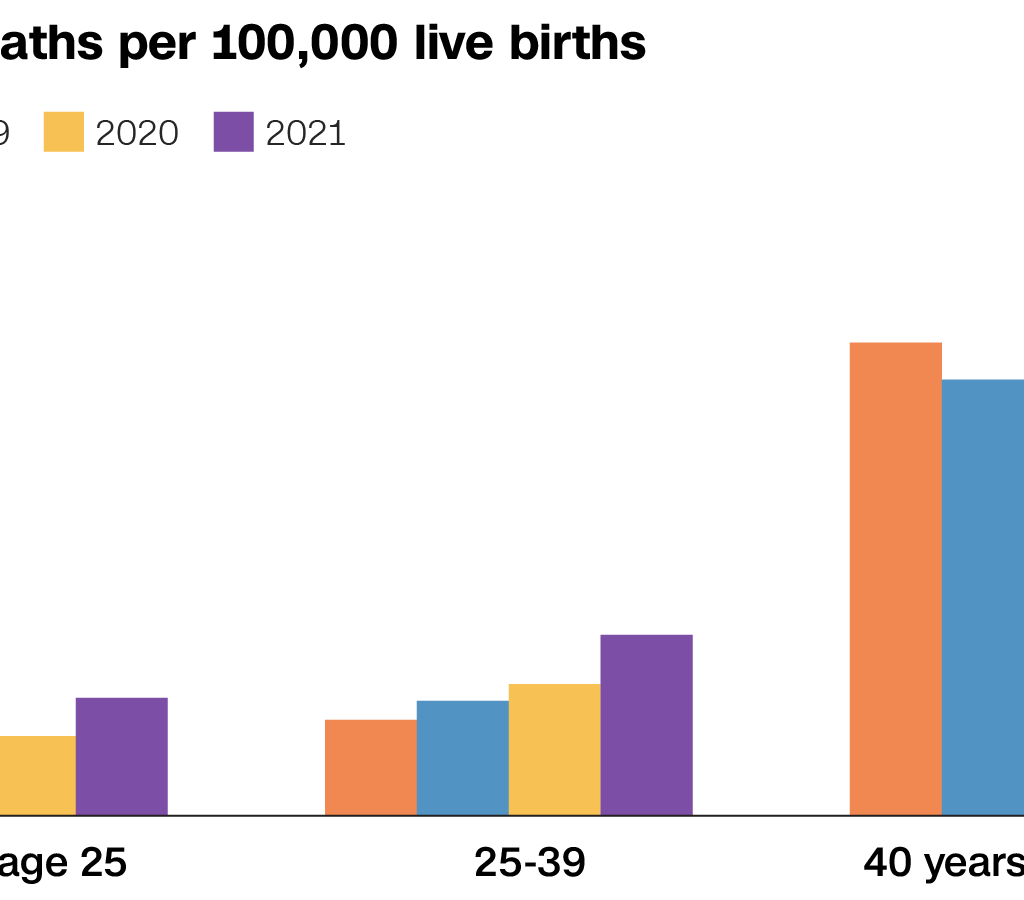The Alarming Disparity: Examining the High Maternal Mortality Rate Among Black Women in the United States

Maternal mortality refers to the death of a woman while pregnant or within 42 days of the end of pregnancy, regardless of the cause of death. While maternal mortality rates (MMR) have decreased globally over the past two decades, the United States has seen an increase in MMR since the 1990s, making it one of the few developed countries with a rising maternal mortality rate. The disparity between black and white women in the United States is especially stark, with black women being two to three times more likely to die from pregnancy-related complications than white women. In this article, we will explore the factors that contribute to this alarming disparity and what steps can be taken to address it.
The Numbers Don’t Lie
According to the Centers for Disease Control and Prevention (CDC), the MMR in the United States was 17.4 deaths per 100,000 live births in 2018. However, the MMR for black women was 37.1 deaths per 100,000 live births, compared to 14.7 for white women. These numbers are even more concerning when we consider that most maternal deaths are preventable.
Factors Contributing to the Disparity
The disparity in MMR between black and white women in the United States is the result of a complex interplay of factors, including:
- Racism: The systemic racism embedded in the healthcare system contributes to the disparity in MMR. Black women are more likely to receive lower-quality care and face discrimination and bias from healthcare providers.
- Socioeconomic Factors: Black women are more likely to live in poverty and have limited access to healthcare, leading to poorer health outcomes.
- Chronic Health Conditions: Black women are more likely to have chronic health conditions such as obesity, hypertension, and diabetes, which increase the risk of pregnancy-related complications.
- Access to Care: Black women are more likely to lack access to quality prenatal and postnatal care, which can help identify and manage pregnancy-related complications.
- Structural Barriers: Structural barriers such as transportation, lack of childcare, and inflexible work schedules can make it difficult for black women to attend prenatal and postnatal appointments.
Addressing the Disparity
Addressing the disparity in MMR between black and white women in the United States requires a multifaceted approach. Some of the steps that can be taken include:
- Improving Access to Care: Providing affordable, high-quality healthcare to all women, including those from marginalized communities, is essential to improving maternal health outcomes.
- Addressing Racism in Healthcare: Healthcare providers must be trained to recognize and address their biases, and systems must be put in place to ensure that all women receive equitable care.
- Addressing Socioeconomic Factors: Addressing poverty, improving access to education, and providing resources to women can help address the underlying socioeconomic factors that contribute to the disparity in MMR.
- Supporting Community-Based Care: Community-based care models, such as group prenatal care, can help improve access to care and support for marginalized communities.
- Investing in Research: More research is needed to understand the underlying causes of the disparity in MMR and to identify effective interventions.
Conclusion
The disparity in MMR between black and white women in the United States is a pressing public health issue that requires immediate action. By addressing the underlying factors that contribute to the disparity and implementing evidence-based interventions, we can work towards improving maternal health outcomes for all women.
